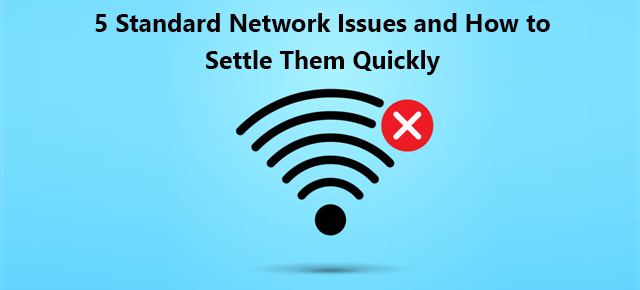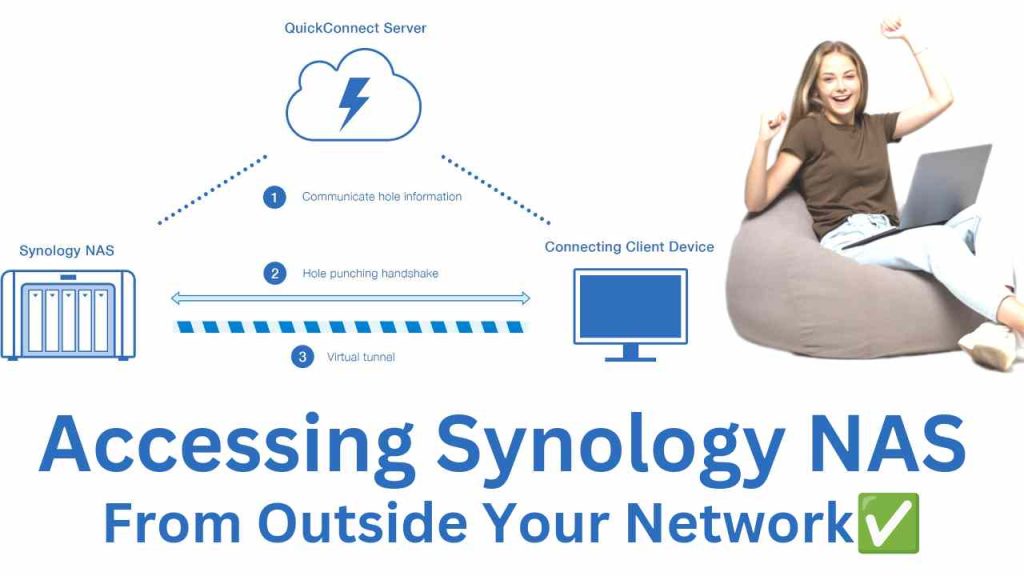A connection of the Networks is ordinarily known as a network. But the best exertions to keep things soft all the time per day, things occur. Here is a look at some typical network problems, some recommendations for fast fixing them, and even generously, how to control them from happening too.
The wlan verstärker test allows you to test your WLAN network connection. If you are facing an issue, you can check it and solve it.
Without further ado, let’s know some network issues and their troubleshooting points given below.
1. Duplicate IP Addresses
When two devices try to communicate a single IP (internet protocol), you see the dreaded “Address Already in Service” Kill — with no capability to access the network.
The Brisk Fix: The fault for this frequently rests with your router’s default DHCP configuration. DHCP (Dynamic Host Configuration Protocol) is likely testing to give your new device an address at the start of your subnet, and another device may already settle these ignoble-numbered addresses with fixed IPs. If you have exclusively presented a new device or server to your wireless network, it may have its own DHCP server. Thoroughly disable the DHCP (Dynamic Host Configuration Protocol) server on that device to revive sanity to your wireless network.
The Preventive Action: You can bring one easy action to sidestep IP confrontations by changing your wireless router’s setup to start setting DHCP (Dynamic Host Configuration Protocol) addresses near the highest end of your subnet, exiting the lower addresses available for devices that need inert IPs.
2. Exhaustion of the IP Address
To get rid of this problem, use the ipconfig command on your wireless computer. In case, the workstation has given itself an IP address that starts with 169.x.x.x, it indicates that no IP address was available from the DHCP (Dynamic Host Configuration Protocol) server.
The Immediate Troubleshoot: Some users on cable connection internet might not have a local router, in which issue IP addresses are given on a fixed cause instantly from your ISP. You have likely run out of permitted IP addresses from your ISP. The resolution to this is to buy either a WiFi access point or a standalone router with an integrated router. This makes your own local collection of interior addresses, providing you will not run out.
If you already have a local router with DHCP (Dynamic Host Configuration Protocol), the default address collection might be excessively small for your wireless network. By accessing the DHCP (Dynamic Host Configuration Protocol) settings on the wireless router, you can modify the dimensions of the address pool to complete your wireless network’s requirements.
3. DNS Troubles
Misconceptions for example The Network Path Cannot Be Located, IP Address Could Not Be Located, or DNS Name Does Not Exist, can usually be outlined as a DNS configuration problem. The command line utility lookup can be utilized to highly demonstrate a workstation’s DNS settings.
The Quick Fix: Workstations and other network devices can be configured to use their own DNS servers, ignoring the server assigned by DHCP. Checking the ‘Internet Protocol Version 4 (TCP/IP)’ settings for your adapter will show if an incorrect DNS (Domain Name System) server is specified, so just select “Obtain DNS server address automatically” instead.
The Prevention Measure: Your local router might be configured to operate as a DNS (Domain Name System) Server, forming a DNS (Domain Name System) pass-through to your ISP’s servers. On dynamic networks, this may overfill the abilities of the wireless router. Transform your network’s DHCP settings to instantly access your DNS (Domain Name System) servers.
4. Single Workstation Incapable to Hook up to the Network Connection
If exclusively a single workstation is demonstrating the “No internet” message when launching a web browser, we can usually consider that the rest of the wireless network is beneficial and divert our lookout to any hardware and software that is distinct to this system.
The Fast Fix: To determine this wireless network problem, begin by destroying the evident transmission obstacles for example a nasty cable, shoddy WiFi signal, yielding network card or erroneous drivers. Make sure that the workstation’s network adapter is configured with the proper IP, subnet, and DNS (Domain Name System) servers.
If that does not decrypt the issue, verify any firewall software on the device to make sure that essential ports are launched to the exterior network. Standard ports have 80 and 443 for web traffic, plus 25, 587, 465, 110, and 995 for email. Also, confirm the wlan-verstärker is correct.
5. Unable to hook up to Local File or Printer Shares
Sharing troubles are among the multiple problematic network difficulties to decrypt, due to the number of elements that require to be configured appropriately.

